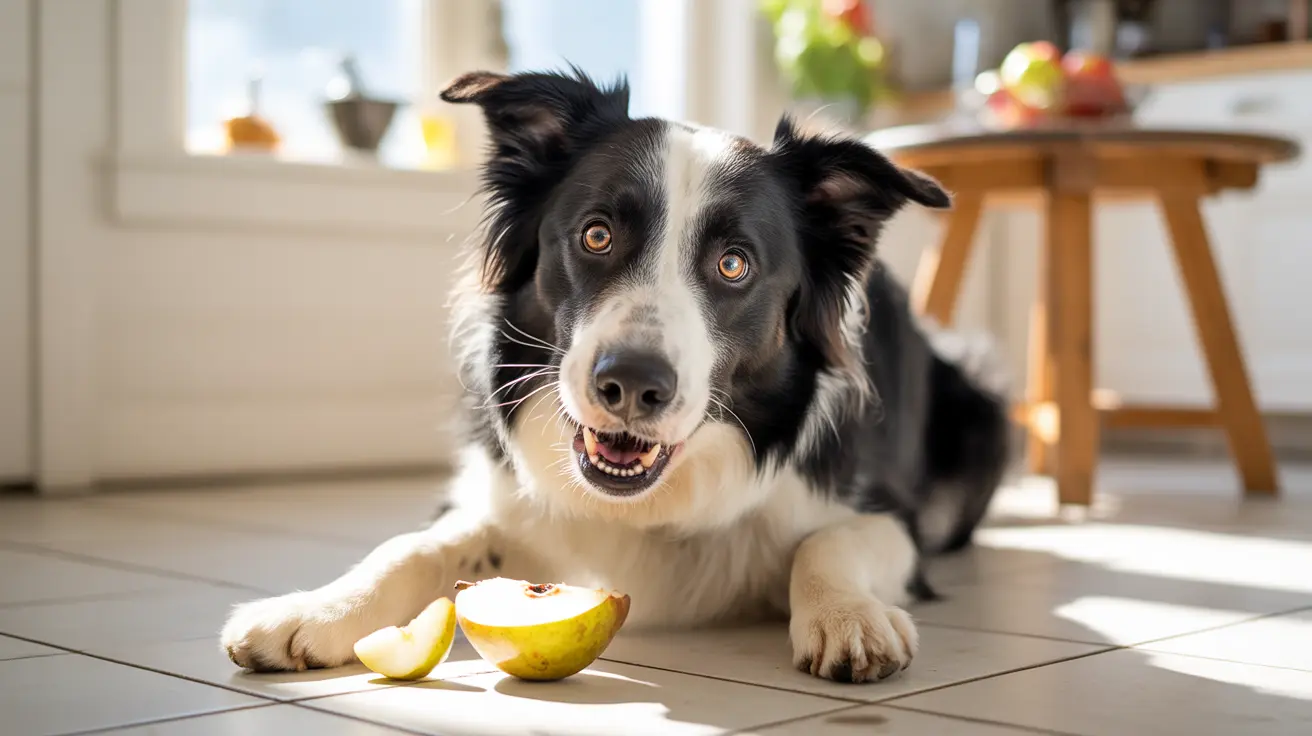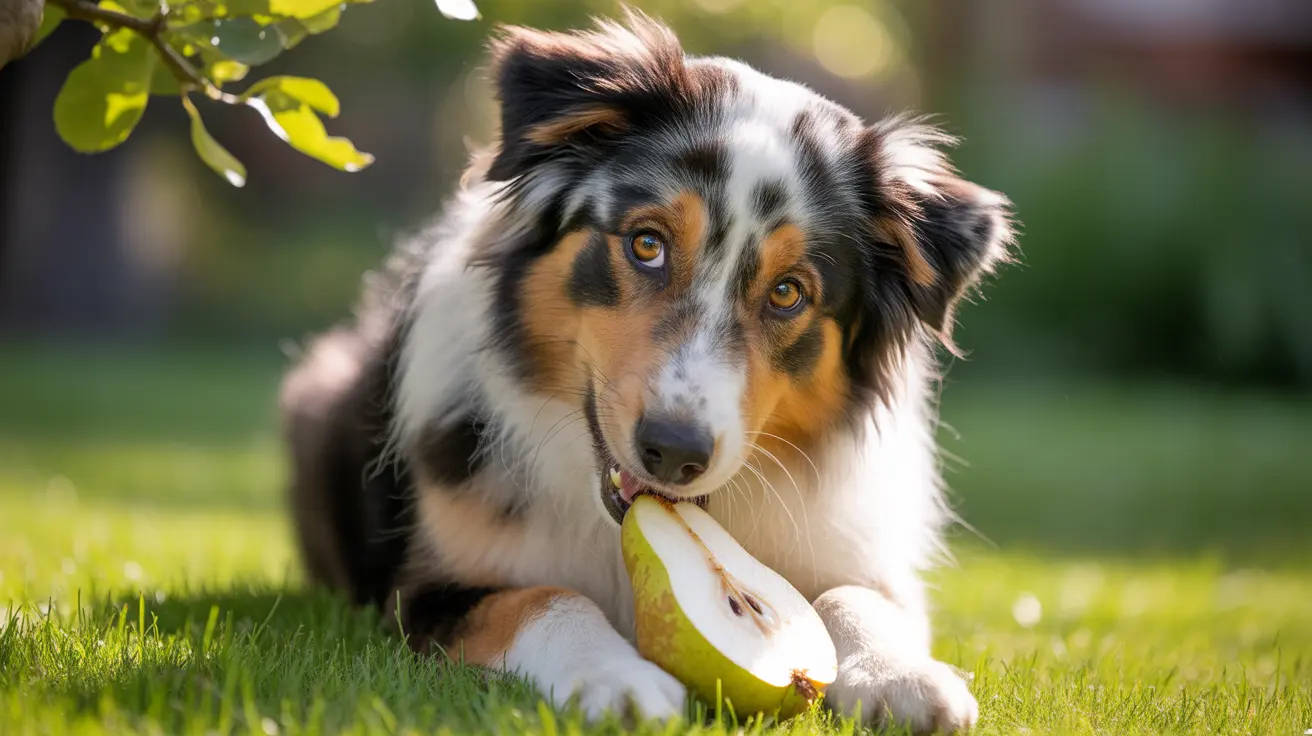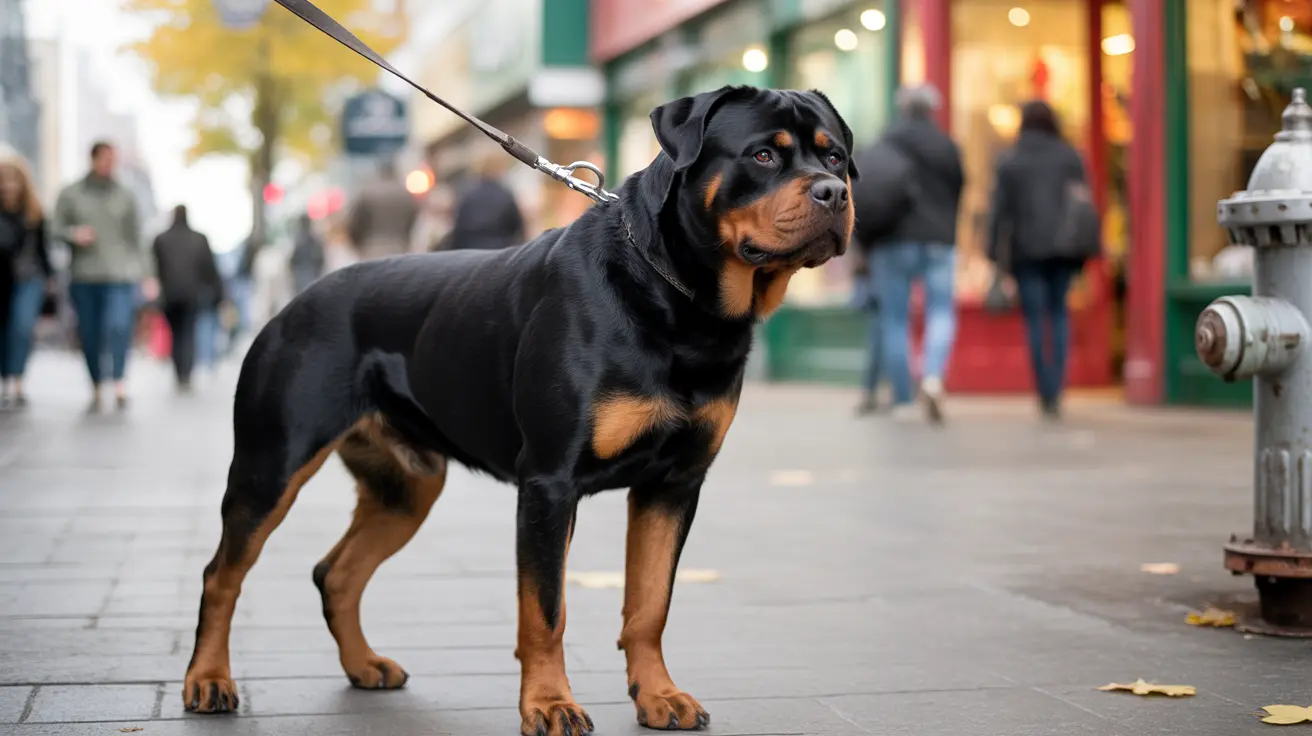The American Leopard Hound: History, Traits, and Care
The American Leopard Hound stands out as a medium to large, athletic scenthound that originated in the United States. Recognized by organizations like the United Kennel Club (UKC) and included in the American Kennel Club's Foundation Stock Service, this breed is sometimes called the American Leopard Cur or Leopard Cur.
Rich History and Origins
The roots of this breed stretch back to the mid-1500s. Dogs brought by Spanish conquistadors and French explorers mixed with native Mexican dogs. Later, settlers from England, Ireland, Scotland, and France contributed herding and hunting breeds to the mix. These early dogs were essential for protection and hunting. By the 18th century, the Leopard Hound had established itself in North Carolina before spreading to Kentucky, Tennessee, Texas, and Oklahoma. Hunters prized these dogs for their ability to track and bay game like bear, raccoon, bobcat, and cougar. The name "Leopard Cur" was used until 2008.
General Appearance
This hound is powerfully built yet agile. Its body is slightly longer than tall with a broad head and medium-length drop ears. The neck is strong; feet are oval to round—sometimes webbed—with single or double dewclaws. Tails vary in length and carriage. Males typically stand 22–27 inches tall and weigh 45–75 pounds; females are 21–25 inches tall and weigh 35–65 pounds.
Coat & Colors
An American Leopard Hound sports a short, dense double coat: rough on top with a fine woolly undercoat underneath. This helps them work in harsh weather or thick brush. Their coats may be solid or patterned—leopard/spotted, merle, or brindle—in shades of yellow, red, black, blue, brown, gray or combinations thereof. White markings can appear but should cover less than one-third of the coat; excessive white or albinism isn't desirable. Eyes come in yellow, brown or blue.
Temperament & Personality
These dogs are known for their intelligence, stamina and strong desire to please. Compared to other hounds they're relatively easy to train. They're affectionate with family—especially children—and naturally protective. With high energy levels and a strong prey drive they need plenty of mental stimulation and daily exercise (think hunting outings or agility). They're vocal when excited or working; barking loudly comes naturally. Early socialization helps manage their hunting instincts around other pets or in urban settings. They often bond closely with one person but can be cautious with strangers or unfamiliar animals.
Health & Care
This breed is generally hardy with a lifespan of 12-15 years. One health concern: breeding two merle-pattern parents can produce "double merle" puppies at risk for blindness or deafness. Grooming needs are minimal—once-a-week brushing plus occasional baths will do it. Trim nails regularly; check those long drop ears for infection; brush teeth often.
Exercise Needs
American Leopard Hounds thrive on activity. They suit active families who have access to large outdoor spaces rather than apartments (their exercise needs are high—and they're quite vocal). Daily walks plus playtime or participation in canine sports keep them content.
Dietary Requirements
A balanced diet tailored to age and activity level works best for these hounds—portion control helps prevent obesity. Always provide clean water.
Breed Standard Highlights
- Head: Broad skull with strong jaws; oval/almond eyes; drop ears set high.
- Body: Compact yet solid; well-muscled; slightly longer than tall profile.
- Coat: Short/dense outer coat; soft undercoat; patterns include leopard/spotted/merle/solid colors.
- Tail: Thick at base tapering toward tip; carried according to mood/activity.
- Gait: Smooth/efficient—built for stamina/agility even on rough terrain.
Faults include excessive white/albinism/excessive coat length/extreme shyness/viciousness/overshot-undershot bite/blindness/deafness.
Their Abilities & Uses
Bred as versatile tree dogs/catch dogs—they excel at scent work/tracking/holding game at bay—even climbing if needed! Their adaptability means they work well in tough climates trailing both hot/cold scents through difficult terrain.
Comparison With Similar Breeds
The American Leopard Hound is sometimes mistaken for the Catahoula Leopard Dog but tends toward a smaller size and more family-friendly temperament—still capable hunters but generally more affectionate with children/pets if trained properly.
A Loyal Working Companion
If you want an intelligent, energetic companion who loves activity (and your family), this breed fits the bill—as long as you can meet its physical/mental needs through training/socialization/responsible ownership!





